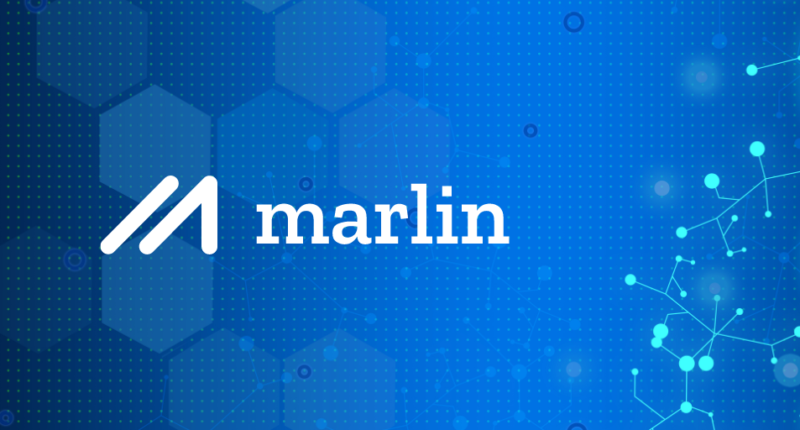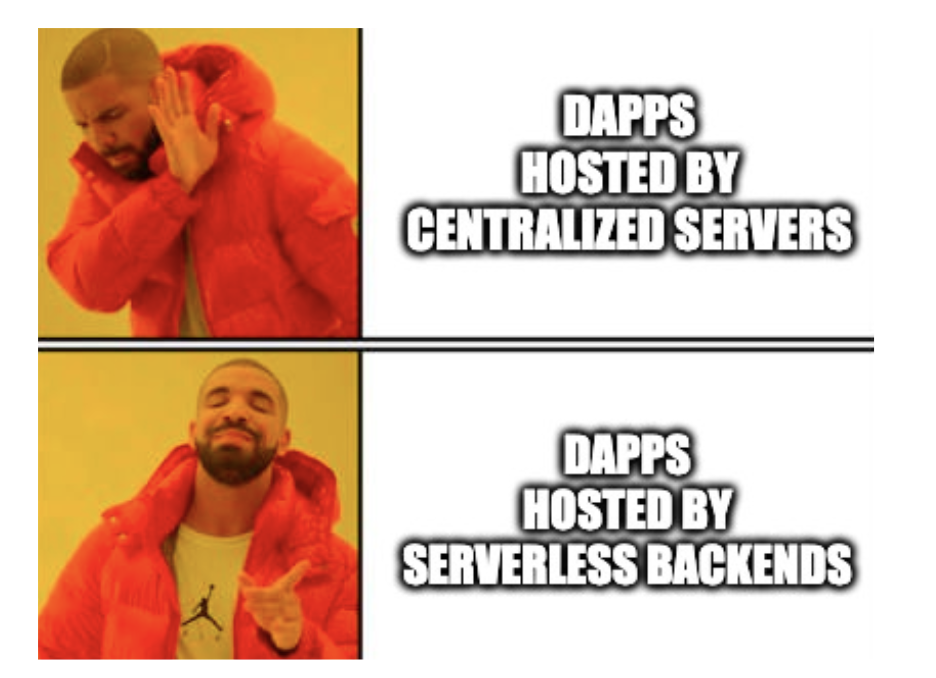Did you know that your favorite decentralized app (dApp) is most likely hosted by a centralized server? This means a single, centralized, point of failure, which can pose a risk to their reliability and security. However, not all dApps that use centralized servers are inherently flawed or insecure. Yet, the reliance on centralized infrastructure can increase the risk of downtime, hacking, or censorship. Therefore, many developers are working on building truly decentralized dApps that don’t require any centralized servers or intermediaries, and Oyster offers this solution.
Oyster provides serverless backends for Web 3. Allowing DAOs to maintain servers using smart contracts. It means that instead of having to open accounts with cloud providers, DAOs can leverage third-party resources offered on a decentralized marketplace. Hardware operators get instructions through smart contracts to start or stop instances and run desired programs in them. To prevent manipulation, Trusted Execution Environments or TEEs were introduced. TEEs provide hardware-level isolation and memory encryption to isolate application code and data from anyone with privileges. Several usecases of Oyster are stated below.
| Examples of Oyster’s Use Cases |
| Hosting frontends and RPC or IPFS gateways |
| Flashbots relay |
| Trustless, secure oracle for price feeds |
| DEX or lending protocol with MEV or liquidation |
| Outsourcing generation of ZK proofs |
Process
In the Marlin Oyster platform, nodes operate a control plane that provides information on the available instances and regions where enclaves can be hosted, along with pricing data. A control plane is essentially a set of APIs that allow nodes to manage enclaves and other resources. It’s responsible for answering queries on the kind of instances and regions where it can host enclaves, as well as pricing data. Additionally, it monitors the smart contract-based marketplace for events telling it to deploy enclaves.
Developers and DAOs create an enclave-based image of their application and upload it to a publicly accessible link. An enclave is a secure, isolated execution environment created by a TEE such as Intel SGX or AWS Nitro Enclaves. It ensures that operations outsourced to third parties execute just as they are supposed to without being tampered with. A key pair generated inside the enclave ensures that communication in and out of the enclave is fully encrypted and inaccessible to benign snoopers or malicious attackers.
To deploy the application, developers and DAOs query the control planes of different nodes for pricing and availability of instances. Once a suitable node is identified, the developer or DAO creates a job in the marketplace. A job is essentially a request for the node to spin up an enclave to host the developer’s application. The job specifies the chosen validator’s ID, instance type, region, bid, and the link to the enclave image. A deposit is also added to pay the node for hosting the enclave.
The control plane of the chosen node then checks whether the bid is greater than its asking price and spins up an enclave in the appropriate instance and region using the disclosed image. Once the enclave is created, users can interact with the service hosted in the enclave until the deposits are depleted or a stop instruction is issued by the job deployer.
In conclusion, Oyster’s serverless backends offer a promising solution to the single point of failure issue that plagues many decentralized applications. By leveraging third-party resources on a decentralized marketplace and utilizing Trusted Execution Environments, Oyster provides a secure and reliable infrastructure for developers and DAOs to host their applications.
To read more on Oyster see:
www.twitter.com/MarlinProtocol
Notice: Information contained herein is not and should not be construed as an offer, solicitation, or recommendation to buy or sell securities. The information has been obtained from sources we believe to be reliable; however, no guarantee is made or implied with respect to its accuracy, timeliness, or completeness. Authors may own the cryptocurrency they discuss. The information and content are subject to change without notice. Visionary Financial and its affiliates do not provide investment, tax, legal, or accounting advice.
This material has been prepared for informational purposes only and is the opinion of the author, and is not intended to provide, and should not be relied on for, investment, tax, legal, accounting advice. You should consult your own investment, tax, legal, and accounting advisors before engaging in any transaction. All content published by Visionary Financial is not an endorsement whatsoever. Visionary Financial was compensated to submit this sponsored article. Please also visit our Privacy policy; disclaimer; and terms and conditions page for further information.


